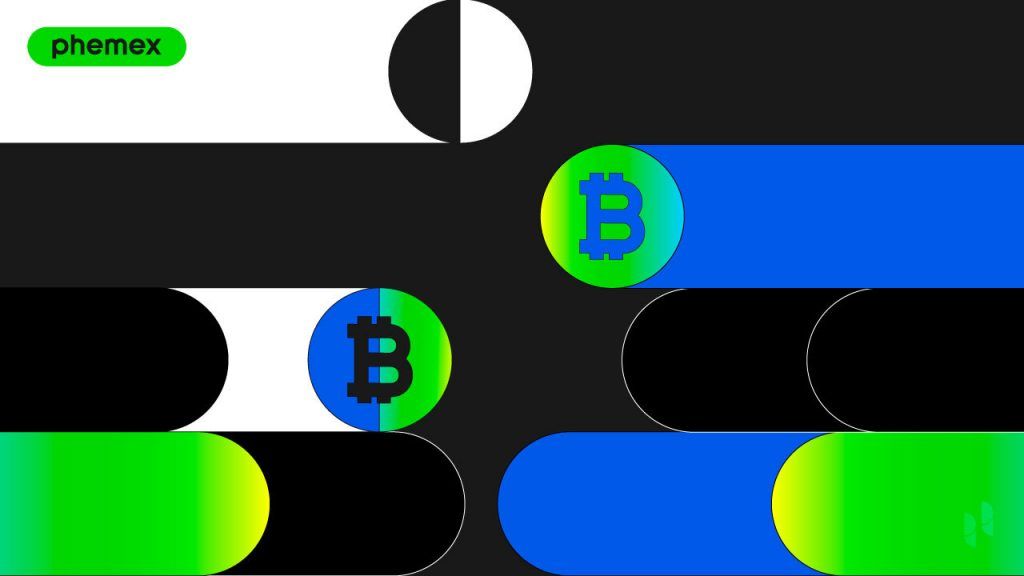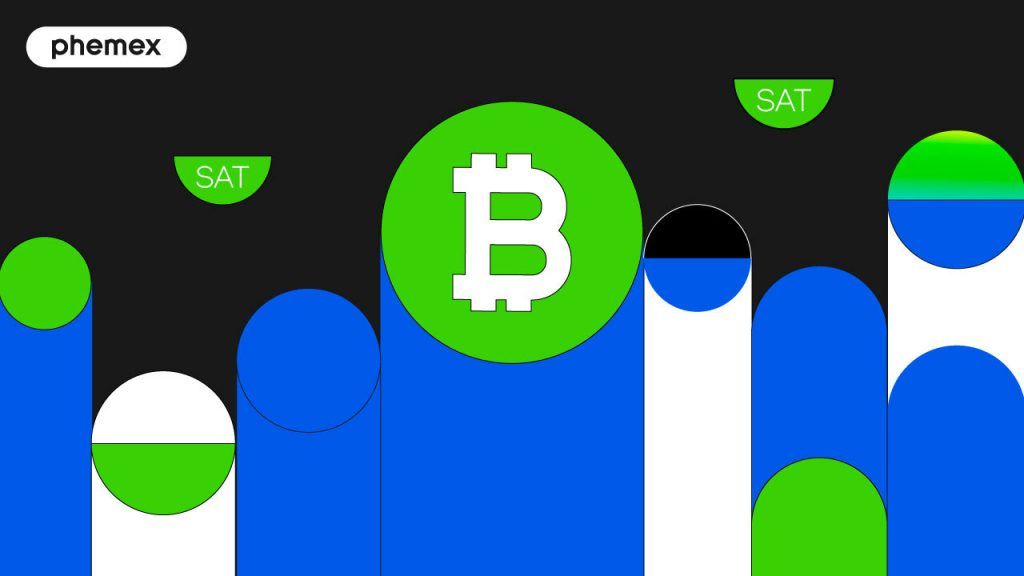What is a BRC-20 Token Standard
The introduction of the BRC-20 token standard marks a significant evolution in the Bitcoin blockchain ecosystem, especially with the rise of fungible tokens. Fungible tokens, known for their interchangeability and equal value, have seen a surge in popularity in the cryptocurrency world. The BRC-20 token standard, designed specifically for Bitcoin, has been instrumental in this development.
This standard has been pivotal in advancing the Bitcoin blockchain, providing new pathways for tokenization and digital asset creation. Beyond Bitcoin's primary function as a digital currency, the BRC-20 token standard broadens the scope, enabling a more diverse range of digital assets.
Created in early March 2023 by an elusive blockchain analyst named Domo, the BRC-20 token standard is an experimental approach catering to the Bitcoin blockchain. It supports the creation and transfer of fungible tokens via the ordinals protocol. Notable examples of tokens utilizing this standard include Ordi, Vmpx, and Pepe, each representing popular choices within the BRC-20 token list.
A key distinction of the BRC-20 standard from its ERC-20 counterpart is its operation mechanism. It diverges significantly by not relying on smart contracts, instead utilizing ordinal inscriptions. This approach was made possible on the Bitcoin network since January 21, 2023, thanks to software engineer Casey Rodarmor’s implementation of the protocol. The upgrade allowed for data such as JavaScript Object Notation (JSON), images, and text to be inscribed onto satoshi tokens (ordinals). With 100 million satoshis making up 1 BTC, this innovation brings a new dimension to the Bitcoin network.
The BRC-20 standard differs from other token standards like ERC-20, TRC-20, and BEP-20, which heavily rely on smart contracts for critical operations. In the case of BRC-20, JSON inscriptions are employed to program satoshis, resulting in ordinals that are nonfungible and bear resemblance to NFTs. Each ordinal is unique with distinct attributes. However, when it comes to programming versatility, smart contracts offer broader use cases compared to ordinals, which are confined mainly to token minting and transfers.
One of the main characteristics of BRC-20 tokens is their fungibility, meaning each token is interchangeable and holds equal value. This quality has been a driving force behind the standard's rising popularity.
Origin and Development of BRC-20 Tokens
The inception of BRC-20 tokens dates back to the Taproot upgrade in November 2021, which increased Bitcoin blocks' data capacity. This upgrade laid the groundwork for the Bitcoin Ordinals protocol, enabling the inscription of information onto individual satoshis. Utilizing this protocol, BRC-20 tokens are inscribed with JSON data, allowing for functionalities like token deployment, minting, and transfer on the Bitcoin network.
Top BRC-20 Tokens
In the evolving world of cryptocurrencies, BRC-20 tokens have carved out a niche in the Bitcoin blockchain. Among these, ORDI and WOJAK stand out as the most commonly held BRC-20 tokens today. It's important to note that many BRC-20 tokens, including these, are often created for educational or entertainment purposes and may not necessarily hold long-term value.
ORDI
ORDI has emerged as the most prominent BRC-20 token. Short for Ordinals, it is distinct from the Bitcoin Ordinals protocol, despite sharing a similar name. ORDI holds the distinction of being the first fungible token aligned with the BRC-20 standard. It was conceptualized and created during an experiment led by @domodata. This token has gained enough traction to be listed on several major cryptocurrency exchanges, indicating its popularity and acceptance within the crypto community.
WOJAK
WOJAK, another popular BRC-20 token, takes its name from the internet meme “Wojak” – a Polish word meaning soldier or warrior. This token features a simple black-and-white cartoon depiction of a bald man with a wistful expression, echoing the sentiment of its meme origin. WOJAK is classified as a memecoin, a type of cryptocurrency that derives its value primarily from internet culture and social media influence rather than fundamental economic factors.
BRC-20 vs. ERC-20 Tokens: What’s the Difference?
When comparing BRC-20 and ERC-20 tokens, we essentially contrast Bitcoin-based assets with Ethereum-based assets. However, the differences extend beyond their respective blockchains.
BRC-20 tokens, on the one hand, face more limitations than their ERC-20 counterparts due to the inherent characteristics of their respective blockchains. Most notably, blockchains like Ethereum and Solana utilize a virtual machine – Ethereum's being the Ethereum Virtual Machine (EVM). These virtual machines are capable of executing smart contracts, allowing for more complex assets and nuanced conditions tied to those assets.
The key distinction lies in Bitcoin's operational framework. Unlike Ethereum, Bitcoin does not employ a virtual machine. This results in several limitations for BRC-20 tokens. For instance, they lack interoperability, meaning they cannot be easily transferred to other blockchain networks. Furthermore, Bitcoin's infrastructure does not support complex tokens or the storage of additional information outside its blockchain. In contrast, Ethereum, with its EVM, can interact with files stored on decentralized storage protocols like IPFS.
Another aspect to consider is the consensus mechanism. Bitcoin uses a proof-of-work (PoW) system, which tends to be slower, more expensive, and more energy-intensive compared to Ethereum's proof-of-stake (PoS) mechanism. Consequently, creating BRC-20 tokens is generally more resource-intensive than launching ERC-20 tokens. However, this PoW mechanism lends Bitcoin tokens a higher degree of security and immutability compared to ERC-20 tokens, which is a significant consideration for certain users and use cases.
Pros of the BRC-20 Token Standard
The BRC-20 token standard comes with several advantages that have contributed to its prominence. Key among these is its compatibility with the Bitcoin network, allowing for seamless integration and utilization of the network's robust and widespread infrastructure. This compatibility has facilitated rapid acceptance within the Bitcoin community.
The simplicity of the BRC-20 token standard is another significant advantage. Its tokenization mechanism is straightforward compared to other token standards that depend on complex smart contracts. This simplicity enables users to mint and transfer BRC-20 tokens without needing extensive technical knowledge.
Security is a hallmark of the BRC-20 token standard, benefiting from the inherent robustness of the Bitcoin blockchain, one of the most secure chains in the industry. Its decentralized nature and proof-of-work consensus mechanism bolster the system's overall security.
The growth potential of the BRC-20 standard is immense. As more projects adopt this standard, innovation and novel use cases are likely to emerge, attracting developers, investors, and users and fostering the standard's expansion and maturation.
Cons of the BRC-20 Standard
Despite its advantages, the BRC-20 token standard also faces certain limitations. One significant drawback is the lack of smart contract functionality, which limits its capabilities compared to standards like ERC-20 that support smart contracts.
The BRC-20 standard's dependency on the Bitcoin blockchain subjects it to the network's inherent constraints, such as low scalability and slow transaction speeds. This becomes a more pressing issue as the utility of the BRC-20 blockchain increases and congestion worsens.
Interoperability is another challenge for the BRC-20 standard. Being specifically tailored for the Bitcoin blockchain, it faces difficulties in seamless interaction with other blockchain systems.
The standard's primary design for fungible asset tokenization also limits its utility for nonfungible assets or complex token features. Projects requiring specialized tokenization functionalities beyond the BRC-20 standard's capabilities may seek more feature-rich standards.
Additionally, the BRC-20 standard has a relatively smaller developer community compared to more established standards like ERC-20, potentially slowing its technological progress.
How to Buy BRC-20 Tokens
Purchasing BRC-20 tokens requires a Bitcoin Taproot-enabled wallet, such as UniSat Wallet or Ordinals Wallet. When buying these tokens from a marketplace that supports BRC-20, it's crucial to connect the wallet to the platform and have funds in BTC to cover transaction fees.
Before buying, comparing BRC-20 token prices with market rates is essential. Verifying the seller's authenticity is also critical, which can be done by cross-verifying the wallet address balance with the balance shown on the Unisat.io website. This step is vital to avoid scams and ensure a safe purchase.
The Growth and Impact of BRC-20 Tokens
BRC-20 tokens have witnessed explosive growth and popularity, with over 14,000 tokens created and a cumulative market capitalization surpassing $600 million. However, this growth has placed additional strain on the Bitcoin blockchain. The network's transaction speed of 7 TPS has been overwhelmed by the surge in BRC-20 and ordinal NFT transactions. On May 8th, 2023, the network experienced over 300,000 transactions in the queue, with transaction fees hitting a two-year high.
What’s the Future of the BRC-20 Token Standard
The future of the BRC-20 token standard is intertwined with the evolving blockchain technology industry and its expanding community and user base. Despite its experimental phase and lack of a track record comparable to established protocols like ERC-20, the BRC-20 standard is poised for growth in the medium term. However, its evolving status necessitates a cautious approach, particularly regarding investment.
Read More
- Ethereum’s ERC-20 Tokens – All You Need to Know
- BEP2 vs. BEP20 vs. ERC20: What Is the Best Blockchain Token Standard?
- What Are Crypto Tokens? How Do They Work?
- What Are Ordinals & How does it Work?
- Tokenized Real World Assets - Massive Blockchain Use Case
- Tron’s TRC-20 Tokens – All You Need to Know
- What are Ordinals? Bitcoin Inscriptions Driving Massive Value
- ISO 20022 for Crypto: Are Cryptos ISO-Compliant and Can Be Used by Banks?








